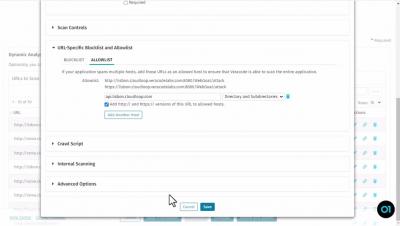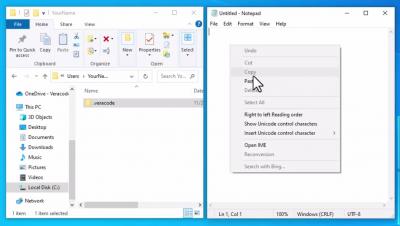A New Era of AppSec: 10 Times as a Leader in Gartner Magic Quadrant for Application Security Testing
Ten represents the completion of a cycle and the beginning of a new one, as there are ten digits in our base-10 number system. We've scanned nearly 140 trillion lines of code, so we can’t help but pick up on the one and the zero in our exciting announcement. It's the tenth publication of the Gartner® Magic Quadrant™ for Application Security Testing (AST), and we are pleased to announce we are a Leader for the tenth consecutive time.




